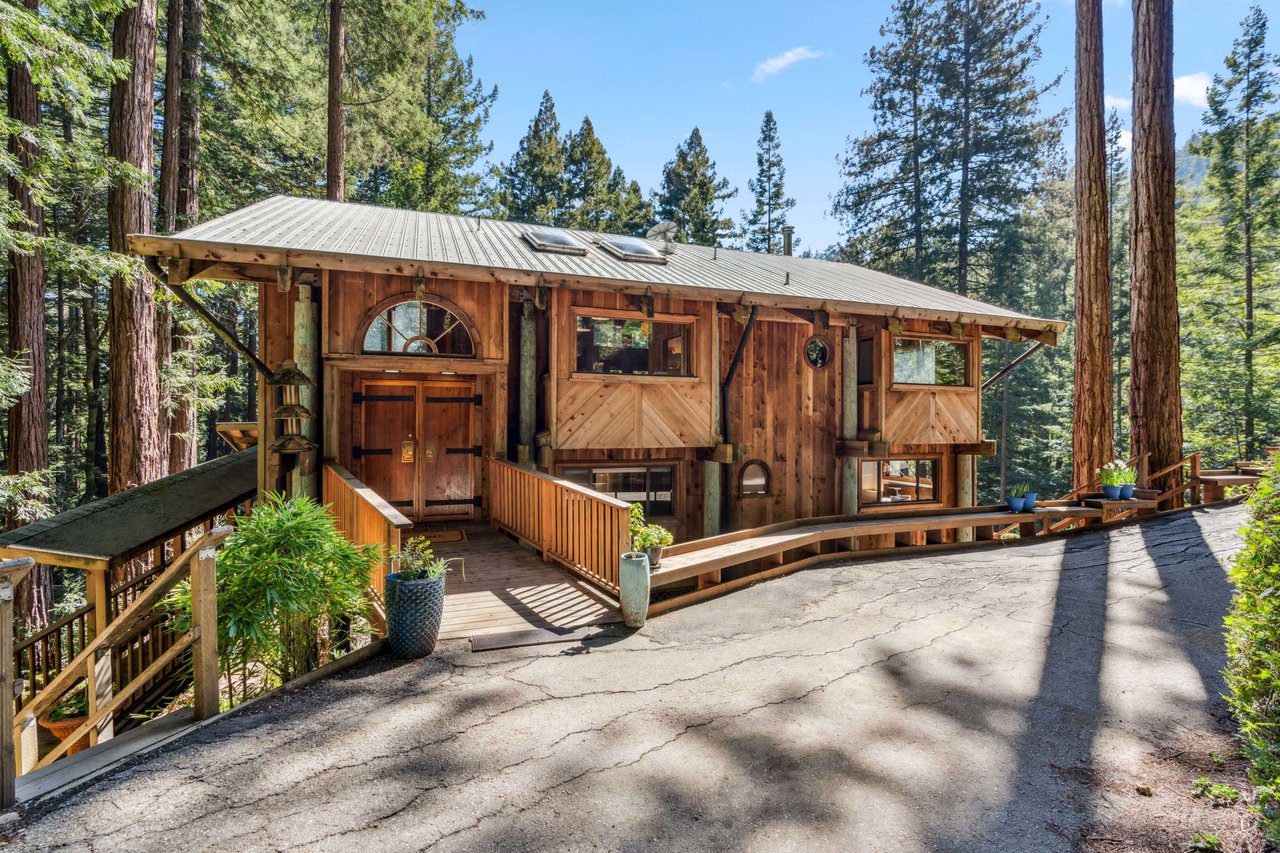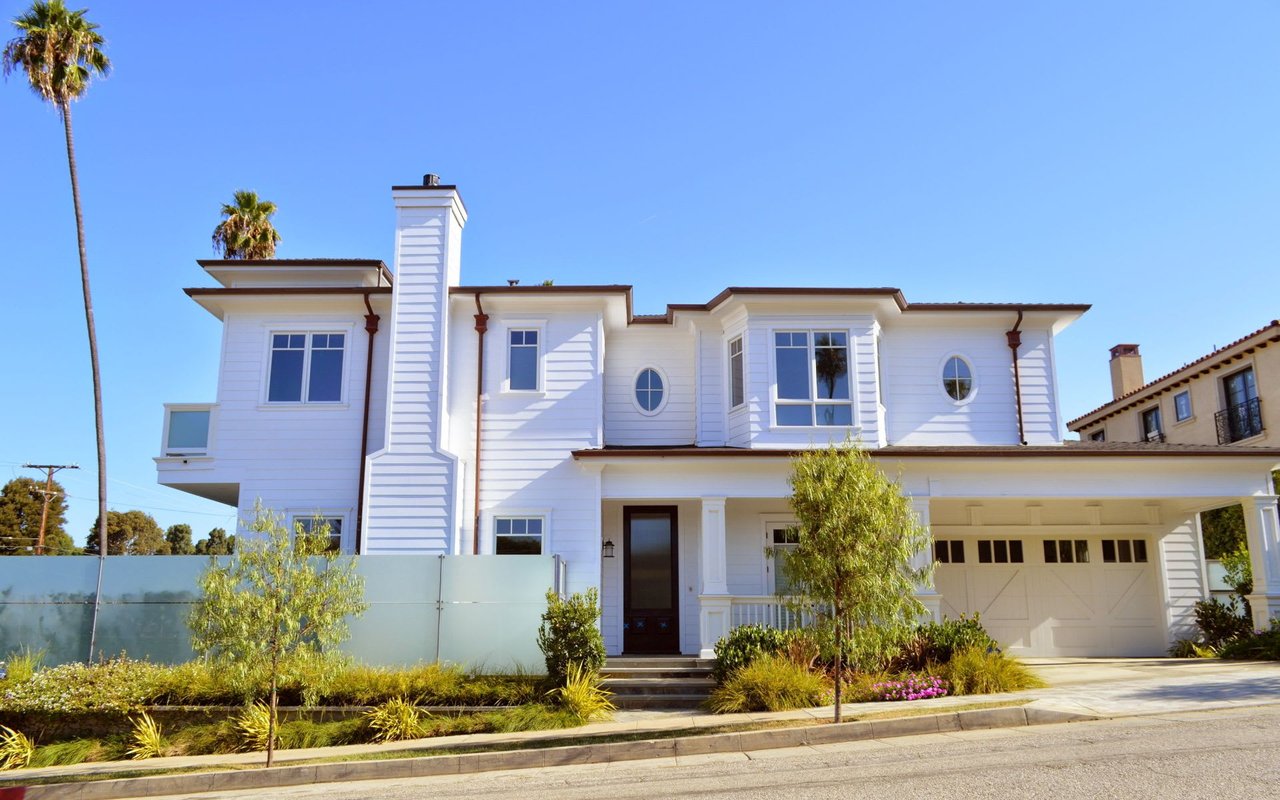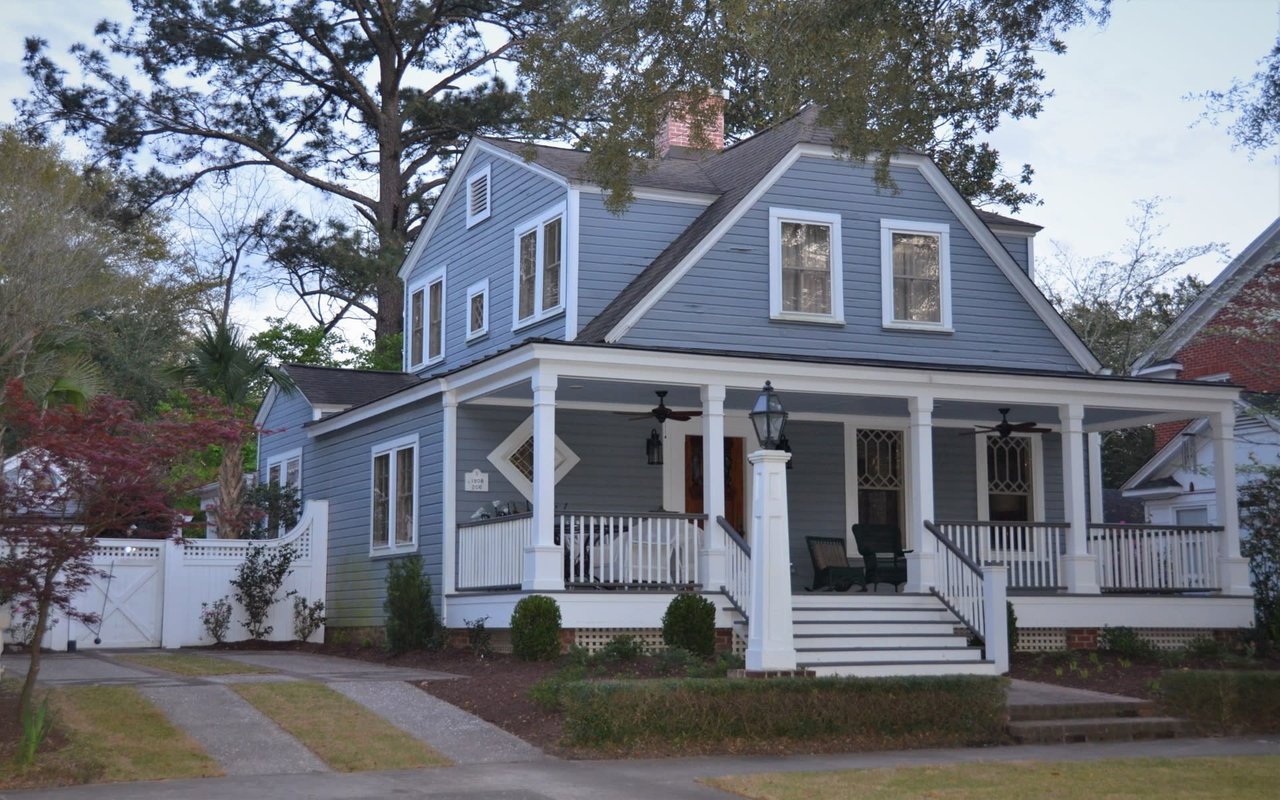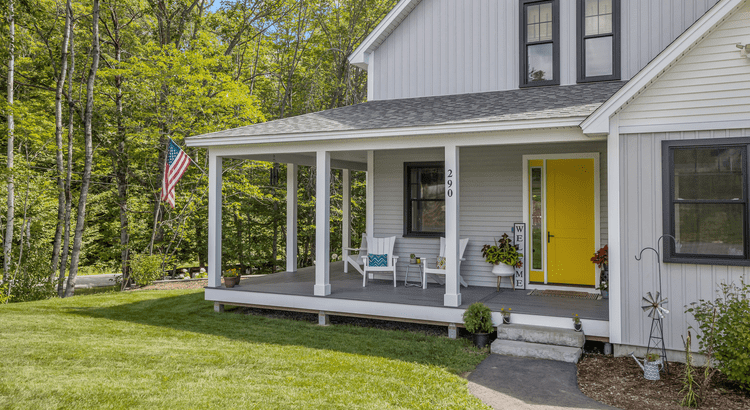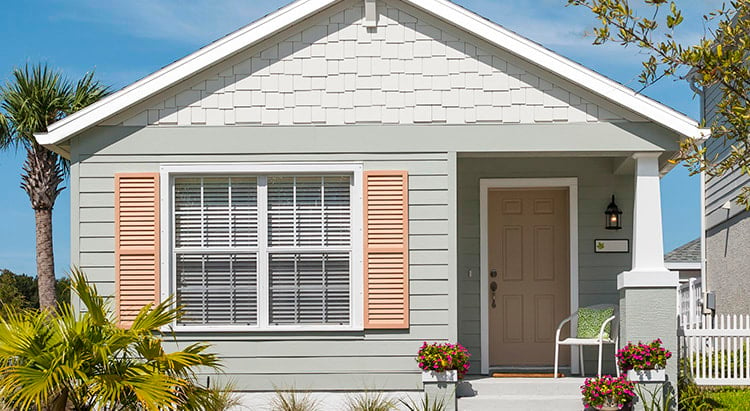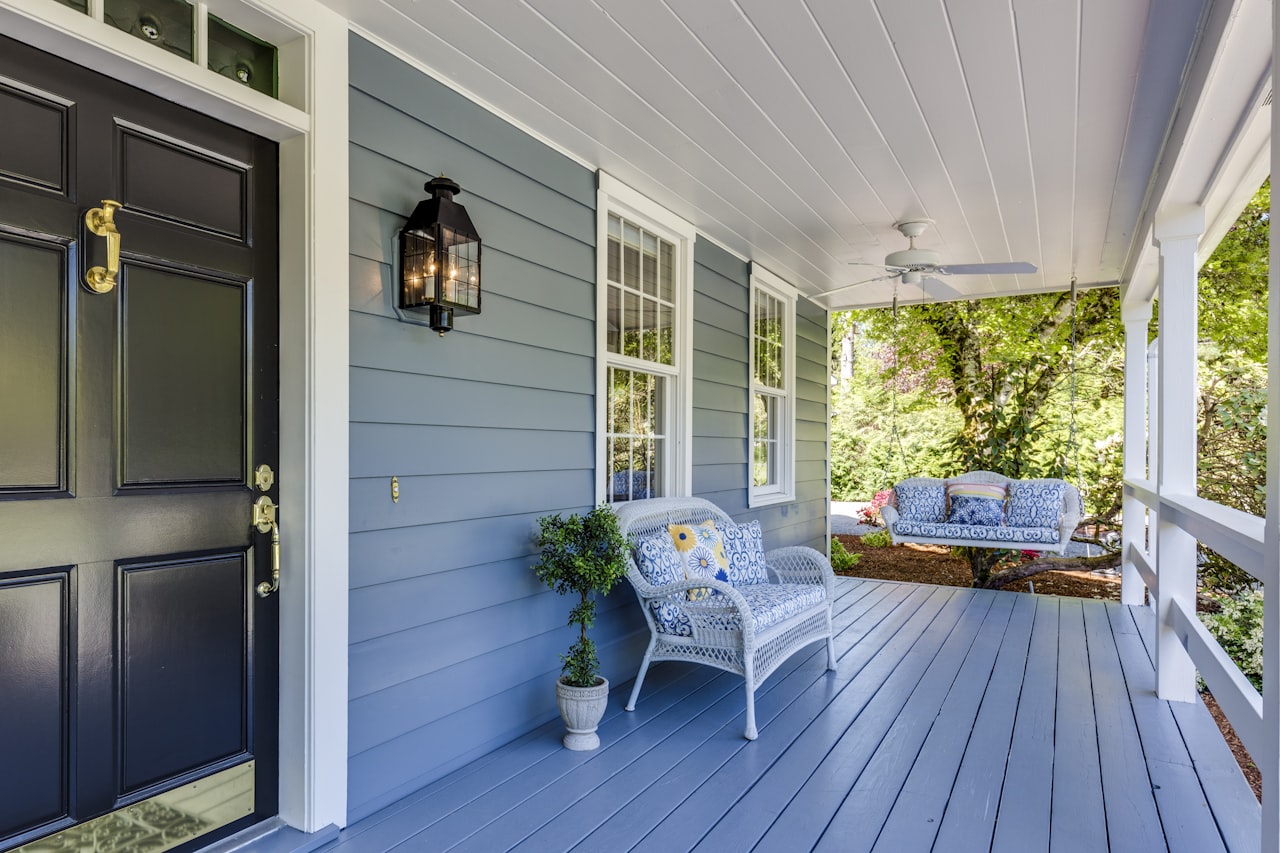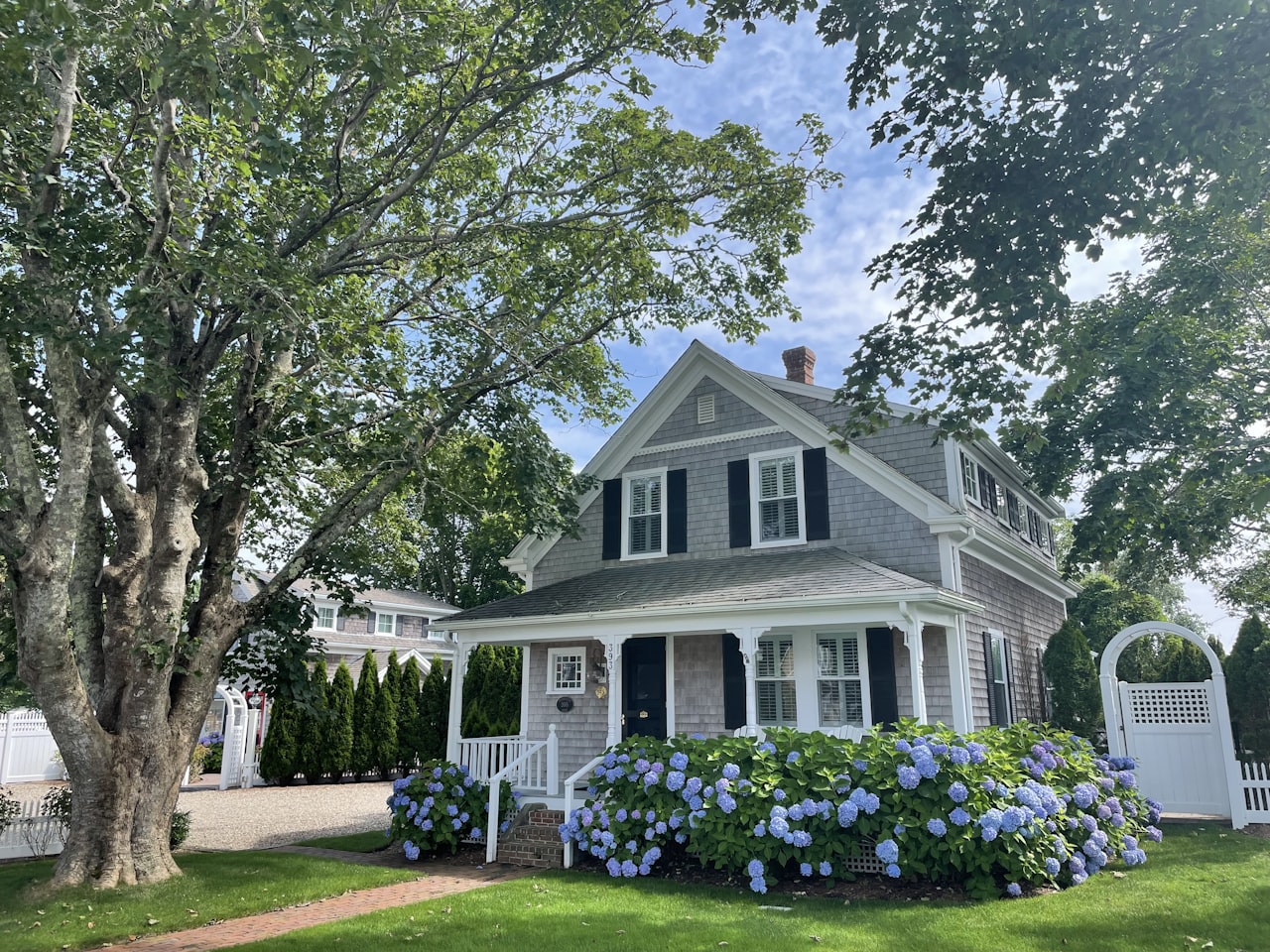If your elderly parents are dreaming of a new home but face financing challenges, the Family Opportunity Mortgage might be the key to making those dreams a reality. This unique loan provides a gateway for children to purchase or refinance homes for their parents, offering several advantages, including potentially lower interest rates. Let's delve into the details of this mortgage, exploring what it entails, how to qualify, and alternative options if it doesn't quite fit the bill.
Understanding the Family Opportunity Mortgage
Conventional mortgages for non-primary residences often come with higher interest rates and down payment requirements. The Family Opportunity Mortgage, however, flips the script by allowing you to secure a mortgage for your elderly parents or disabled adult children as if it were your primary residence. This means lower down payments (as low as 5%) and competitive interest rates.
Bruce Salik, Senior Vice President of Mortgage Lending, emphasizes that the primary benefit lies in treating the loan for an elderly parent or disabled child as an owner-occupied home. This approach eliminates the usual requirements associated with purchasing a second home, such as larger down payments and higher interest rates.
Qualifying for a Family Opportunity Mortgage
To qualify for this mortgage, you'll need to meet certain criteria established by Fannie Mae and Freddie Mac. Key requirements include:
- A minimum credit score of 620.
- A maximum debt-to-income ratio of 45%.
- Steady employment and the ability to cover your housing costs and the new mortgage.
- Parents or adult children cannot afford the home on their own.
Salik notes that a lower credit score may necessitate a lower DTI ratio and a higher down payment. While Fannie Mae doesn't explicitly term these loans as "Family Opportunity Mortgages," it does provide guidelines for children obtaining a mortgage on behalf of their parents.
Benefits of the Family Opportunity Mortgage
Compared to traditional second-home mortgages, the Family Opportunity Mortgage offers several advantages:
- Lower down payment and interest rates.
- No occupancy requirements – a significant departure from second-home mortgage conditions.
- No distance restrictions between the child's primary residence and the assisted property.
Salik underscores the flexibility of choosing between Fannie Mae and Freddie Mac based on specific loan factors.
Exploring Alternatives
While the Family Opportunity Mortgage is a compelling option, alternatives exist:
- Co-borrowing or Co-signing: Children can become co-borrowers or co-signers on their parents' mortgages without residing in the home.
- Assisted Living: Consider assisted living facilities if parents prefer this option, factoring in the associated costs.
- Reverse Mortgages: Parents can tap into home equity via reverse mortgages without involving their children.
- Renting to Parents: Children can purchase a home and rent it back to their parents or explore other rental arrangements.
While not all lenders offer Family Opportunity Mortgages, it's worth exploring this option and other alternatives to find a financial arrangement that suits everyone involved. Unlock the door to homeownership for your parents with the Family Opportunity Mortgage or another solution tailored to your family's needs.









